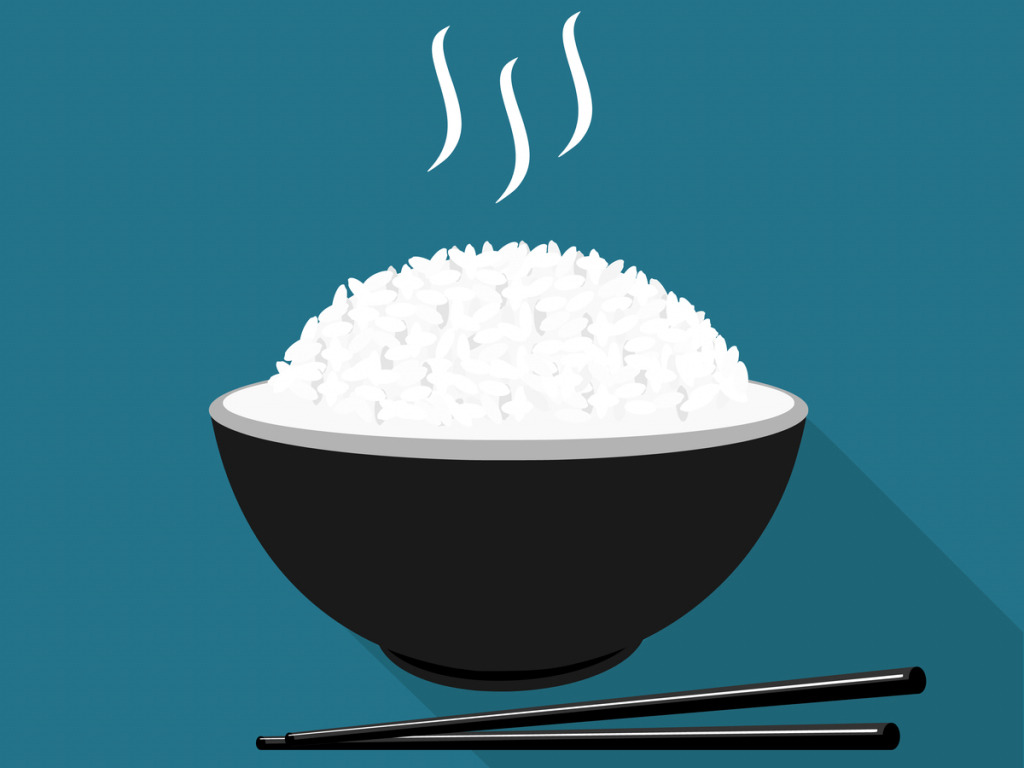Rice is an essential part of Japan. Not just the Japanese diet, but also the country itself. Beyond being the staple food source for centuries, the meaning behind this simple grain has been deeply ingrained in Japanese society for generations. But what is it that really makes Japanese rice special or different from the rice of the rest of the world?
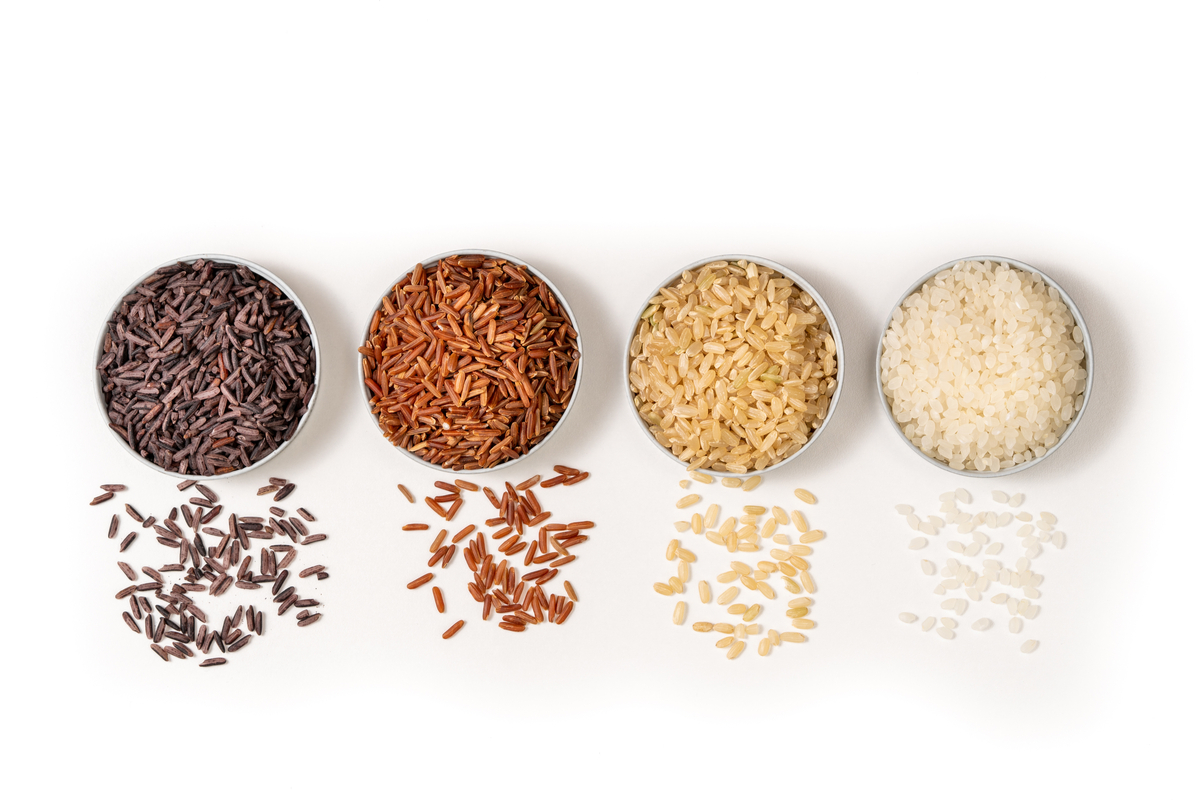
Rice Culture
Across the world, most food cultures are built around their most common source of carbohydrates. Europe has bread and beer while South America has more corn-based options. Asia, particularly Japan, has structured its diet around rice. The iconic carb is held in high regard here, more so than in other countries. Historically, rice in Japan has been eaten as it’s presented, without sauce or added flavor. Many believed that eating rice in its purest form showed the utmost respect to the farmers who grew it. Children in Japan are taught to eat every single grain of rice. There’s also the old saying that there are “Seven gods on each grain of rice.”
To the uninitiated, Japanese rice might not seem much different from other varieties but there’s something about it that is difficult to replicate. Japan believes in the uniqueness of its rice to the point where it is reluctant to export the ‘real deal’ to other countries. It’s likely that if you’ve eaten rice at a Japanese restaurant abroad, it’s grown somewhere completely different for this reason.
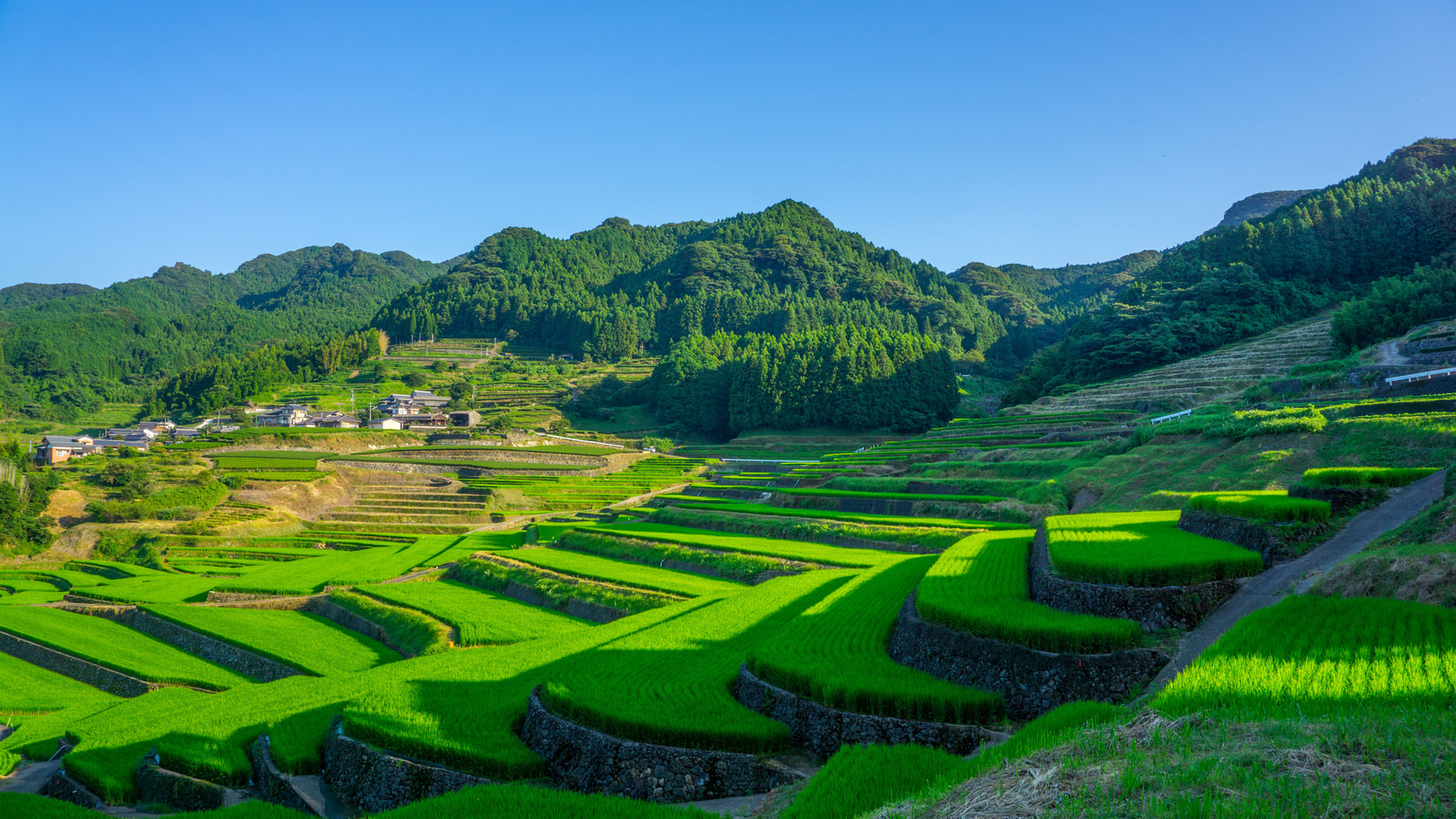
Japanese rice field
Rice Colors
Though white is the expected color of rice now, it wasn’t always this way. Whole grain brown rice varieties are coming back and are growing globally popular as a healthy alternative. Eating brown rice is a new wave, but its existence is very much not. In fact, rice’s default color is typically darker, then polished to become whiter. Brown rice is often considered healthier, like whole-wheat bread and other whole grain less-processed carbohydrates. This is because it contains more micronutrients and generally digests slower than white variants, leaving you satisfied for longer. White rice tends to be more processed, which results in it being less nutrient rich. The white kind is the most common type still in Japanese grocery stores. It’s by no means unhealthy, just less optimal when looking at only the health benefits.
While Japan takes great pride in its unique white rice, it wasn’t always the way it is today. Originally unprocessed brown rice was the main staple of Japanese farmers. But, with the introduction of more advanced processing methods, over time pure white rice began to be seen as a symbol of status and power in Japan. Only the elite of the elite ate white rice. The more elite you were the whiter your rice was and the less of other foods you ate. But, as is mentioned earlier, the grain processing method leads to a loss in micronutrients and in the case of rice vitamin B-1 gets cut away.
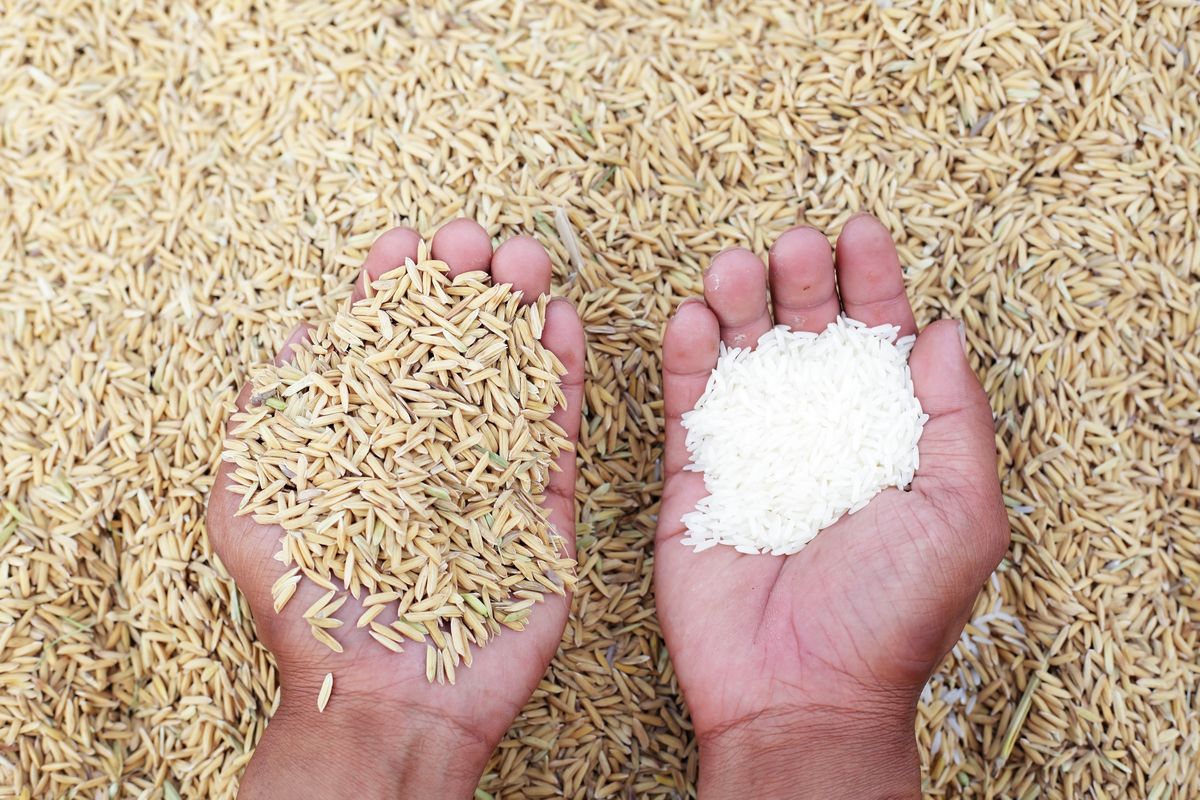
The Affliction of Edo
Around the 1800s people in Tokyo were suffering from an unknown illness referred to as the affliction of Edo. Those who moved to the city from rural areas would get sick and it seemed to affect nobles more than anyone else. There was a common practice of rural samurai doing shifts in the capital. When they did, they too would get sick. Doctors at the time suggested that it might because of the climate of the city and industrialization. As machine processing became easier, more people caught the disease. It took years for anyone to find the cause. Rather than a mysterious virus plaguing the rich, it was simply a result of a vitamin B-1 deficiency because of the processing. Despite, being such a simple oversight, it caused serious problems in Japan for decades.
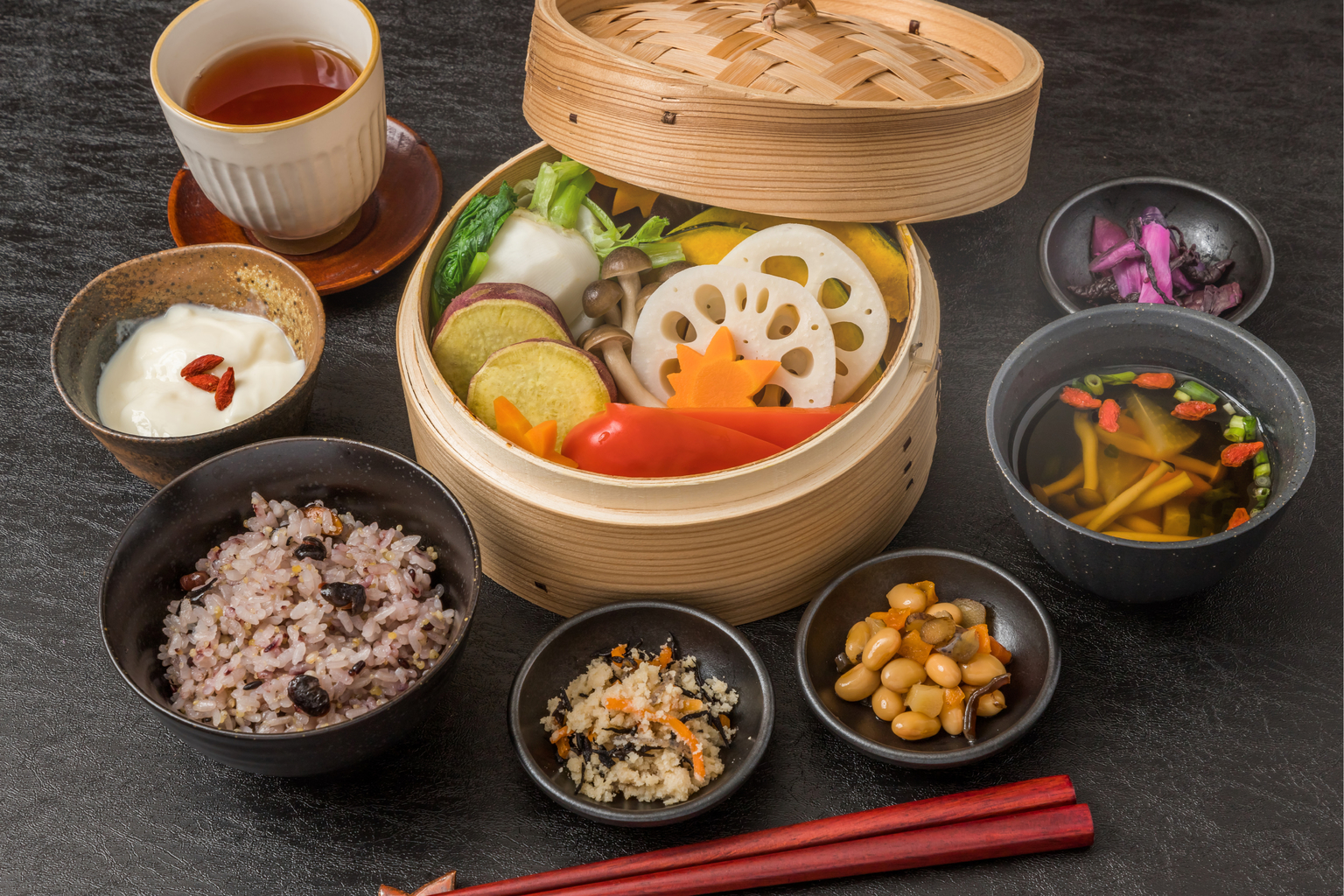
In modern day Japan the concept of eating nothing but pure white rice has been replaced with an emphasis on a balanced diet. That said, the cultural attitudes of that time remain to a certain degree. While eating nothing but white rice can and has led to serious issues, there is nothing wrong with incorporating a healthy amount of Japanese rice into a modern diet. What would Japanese food be without a little rice? Japanese cuisine and its staple carb are so intertwined you could even say the two go together “like white on rice.”
Learn more about Japanese cuisine:
- Raw Japanese Foods: What Do People Eat and is it Safe?
- Unagi: Japan’s Summer Power Food That Rose To Fame Thanks To Genius Edo-period Marketing
- Tokyo Guide: How To Read Japanese Food Labels
Updated On December 28, 2022

